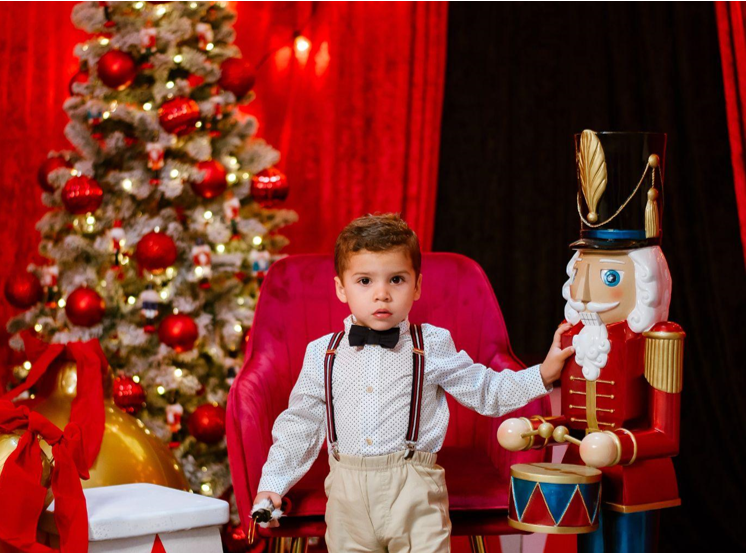The Medieval Celebration of Christmas
The medieval period was a time of great splendor and magnificence, especially for royalty and nobility. The celebration of Christmas was a grand affair, with feasting, drinking, and music that would last for several days. In many ways, the celebration of Christmas reflected the wealth and status of the royal household.
During the medieval times, Christmas trees were prevalent in the 16th century when German nobles began decorating fir trees with candles, fruits, and sweets. However, the Christmas tree idea was familiar to medieval people. Instead of a tree, they used to decorate their homes with holly, ivy, and other evergreens.
The 9-foot Multi-Color Christmas Tree in Medieval Times
As mentioned, the tradition of Christmas trees only became popular in the 16th century, after the medieval period. However, imagining that the Christmas tree tradition came earlier is easy. The medieval royalty would have used 9 foot Christmas trees to celebrate the holiday season.
Medieval homes were often adorned with luxurious fabrics, gold and silver ornaments, and precious stones. It is not impossible to imagine that the medieval royals would have adorned a giant tree with equally extravagant ornaments. The tree would have symbolized the royal household’s prosperity, status, and grandeur.
Additionally, the use of a 9-foot multi-color Christmas tree represents the diversity of the royal court. Indeed, in the medieval period, many kingdoms and countries were united under a single dynasty, with people from different races, ethnicities, and backgrounds. Therefore, the multi-colored ornaments on the Christmas tree would have represented the diversity of the royal household and their commitment to unity.
In conclusion, while the tradition of using a Christmas tree may not have been popular during the medieval period, it is interesting to imagine how such a tradition would have been celebrated by the kings, queens, and royalty of that time. Using a 9-foot multi-color Christmas tree would have added another layer of color, festivity, and celebration to the grand Christmas celebrations of medieval times.
